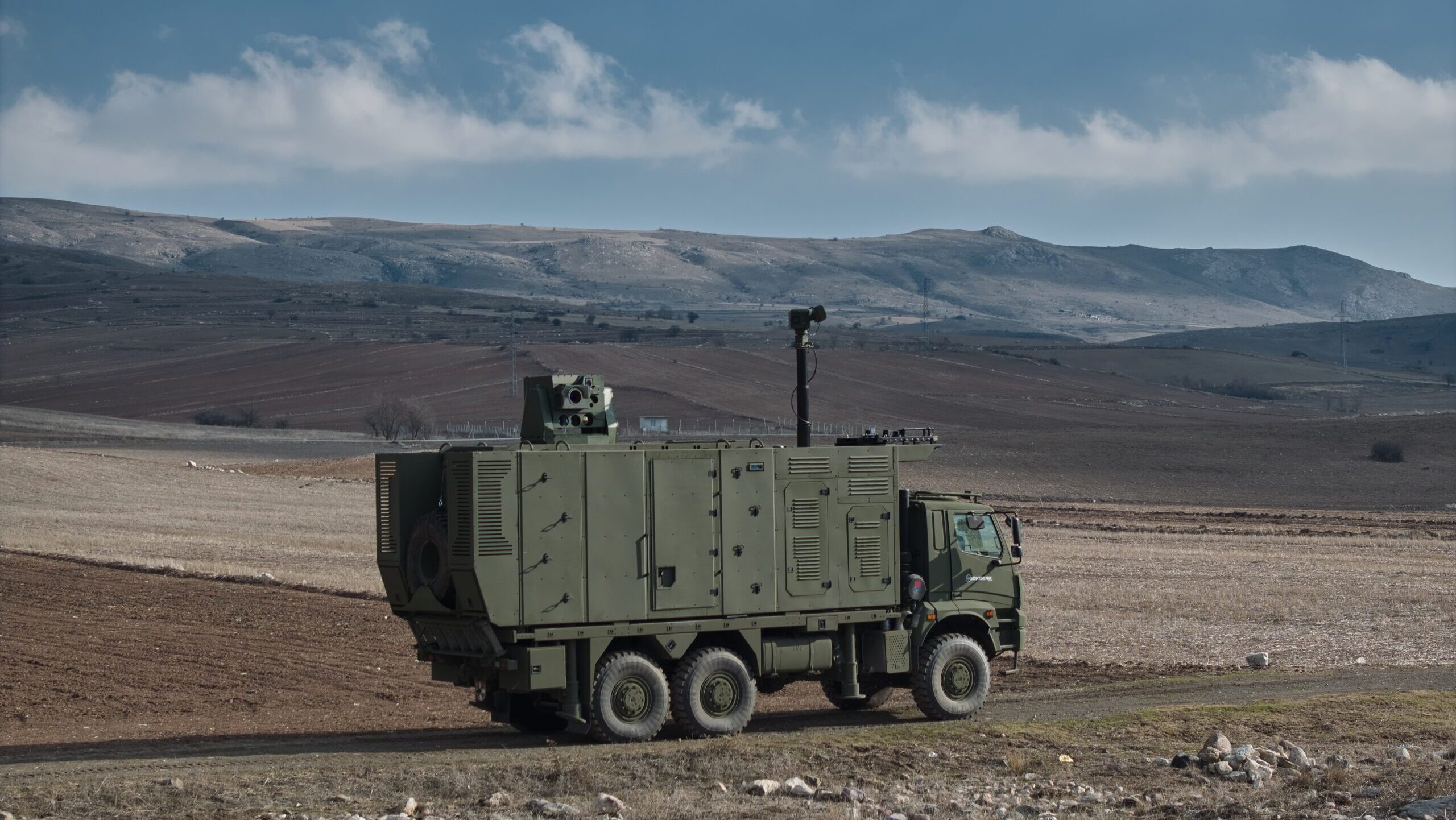This content is restricted to site members. If you are an existing user, please log in. New users may register below.
Suitability of Laser-Based High-Energy Weapons for Air Defence in Bangladesh

Reading Time: 6 minutes Laser-based high-energy weapons (HEL) have gained recognition as a promising solution for air defence, offering the ability to neutralise various airborne threats such as drones, missiles, and aircraft. However, the performance of such systems is influenced by factors such as weather patterns, terrain, and technical capabilities. Bangladesh, with its tropical monsoon climate, presents specific challenges for the deployment of these advanced systems. This technical analysis evaluates the pros and cons of laser-based high-energy weapons for air defence in Bangladesh, particularly considering the country’s distinct weather conditions. 1. Weather Patterns of Bangladesh Bangladesh is characterised by a tropical monsoon climate, with distinct wet (May to October) and dry (November to April) seasons. Key climate features include: High humidity: particularly during the monsoon season. Heavy rainfall: frequent during the wet season. Frequent thunderstorms: which can affect visibility and system performance. Fog and mist: common in the cooler months


